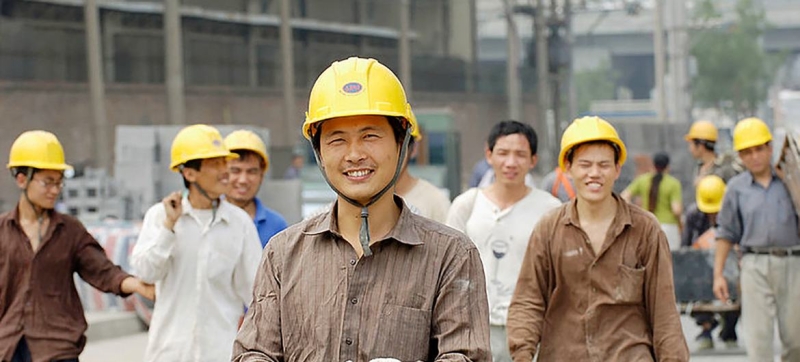
Real wages in Asia and the Pacific, Central and West Asia, and Eastern Europe have grown faster than in other parts of the world. Average wage growth is projected to be 2.7 percent in 2024 Economic Developments
Growth in real average wages around the world has begun to accelerate again as inflation gradually eases. However, high levels of wage inequality remain, according to a new report from the International Labour Organization (ILO).
According to the ILO, wage inequality has fallen in about two-thirds of the world’s countries since 2000. Despite this positive trend, there are still significant wage differences across all regions. The report shows that since the early 2000s, wage inequality has fallen by an average of 0.5 to 1.7 percent per year. The largest declines have occurred in low-income countries, where the average annual gap reduction has ranged from 3.2 to 9.6 percent over the past two decades.
In upper-middle-income countries, wage inequality declined by 0.3–1.3 percent, while in high-income countries it fell by 0.3–0.7 percent.
Regional differences persist
The report notes that wages around the world have recently been growing faster than inflation. In 2023, real wages grew by an average of 1.8 percent, and are projected to grow by 2.7 percent in 2024, the highest rate in more than 15 years. These results represent a significant recovery from the situation in 2022, when high inflation outpaced nominal wage growth.
However, wage growth has been uneven, with emerging market economies seeing higher growth than advanced economies, the report said. While advanced G20 economies have seen real wages decline for two consecutive years (-2.8 percent in 2022 and -0.5 percent in 2023), real wage growth in emerging G20 economies has remained positive during this period (1.8 percent and 6 percent, respectively).
Real wages in Asia and the Pacific, Central and West Asia, and Eastern Europe have grown faster than in other parts of the world, the report finds.
Persistent Inequality
Despite recent progress, high levels of wage inequality remains a pressing issue. The ILO report found that globally, the 10 per cent of lowest paid workers earn just 0.5 per cent of total wages, while the 10 per cent of highest paid employees earn almost 38 per cent of total wages. Inequality was highest in low-income countries, where almost 22 per cent of workers are classified as low paid.
Women and workers in the informal economy are more likely to be among the lowest paid. This finding highlights the need for targeted action to close the wage and employment gap and ensure fair pay for all.
